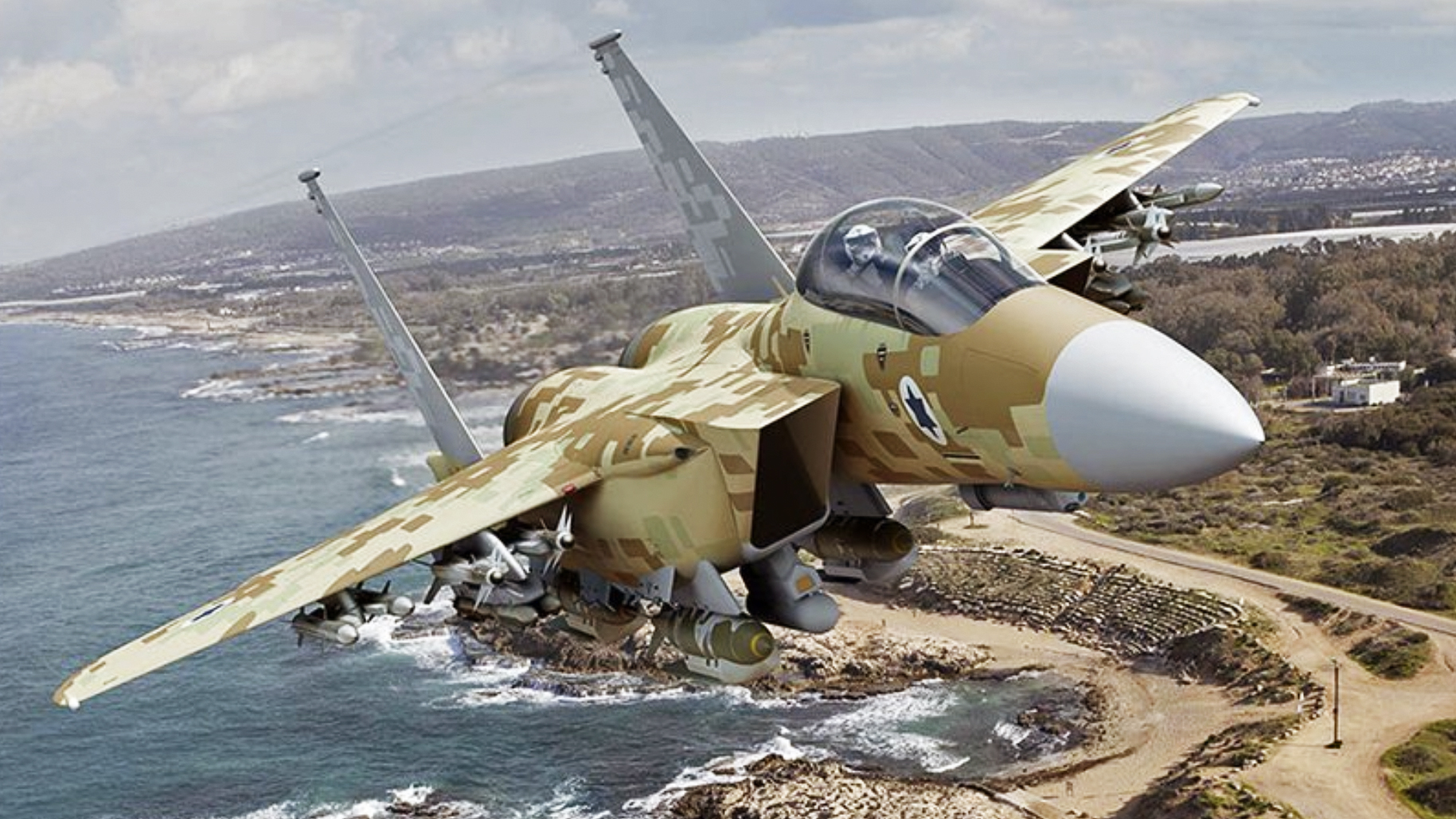The long-running question of whether Israel will finally buy a new batch of F-15 Eagle multirole fighters looks like it might be answered sooner rather than later. The latest reports out of Washington indicate that the Biden administration is now considering whether or not to move ahead with a deal, which would likely involve as many as 50 examples of the F-15IA — an Israel-specific variant of the F-15EX Eagle II.
Earlier this week, five separate unnamed sources familiar with the matter stated that the U.S. government was now discussing a potential transfer of “dozens” of F-15s, in a deal which would be worth around $18 billion. One of those sources said that the Biden administration had expressed support to Israel for its F-15 request. In its report, citing three anonymous people familiar with the matter, CNN states that the administration is “close to approving the sale.”

According to an anonymous congressional aide, House of Representatives Foreign Affairs Committee Chairman Michael McCaul approved the F-15 deal in late January, notifying the relevant congressional offices responsible for approving major arms transfers. That would seem to indicate that the administration is ready to move forward with the deal. However, not all of the relevant offices have so far signed off on it, the same source said. CNN meanwhile reports that the leading Republican on the Senate Foreign Relations Committee, Sen. James Risch, has also approved the sale.
Last year, Israel reportedly made a formal request for 25 new F-15s, with hopes already that the number could be doubled. According to reports, an official Letter of Request (LOR) for the fighters was sent from the Israeli government to Washington in January 2023.
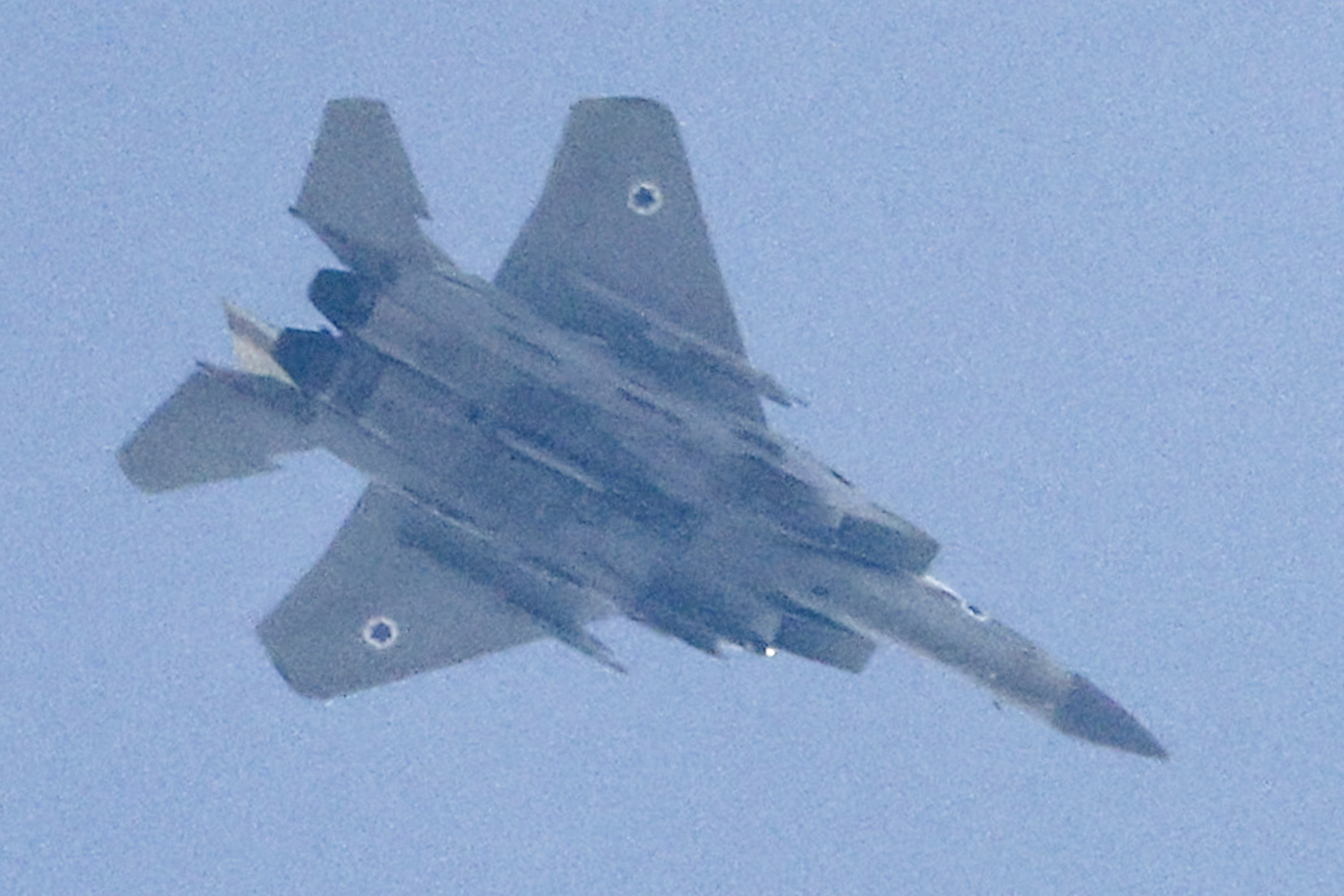
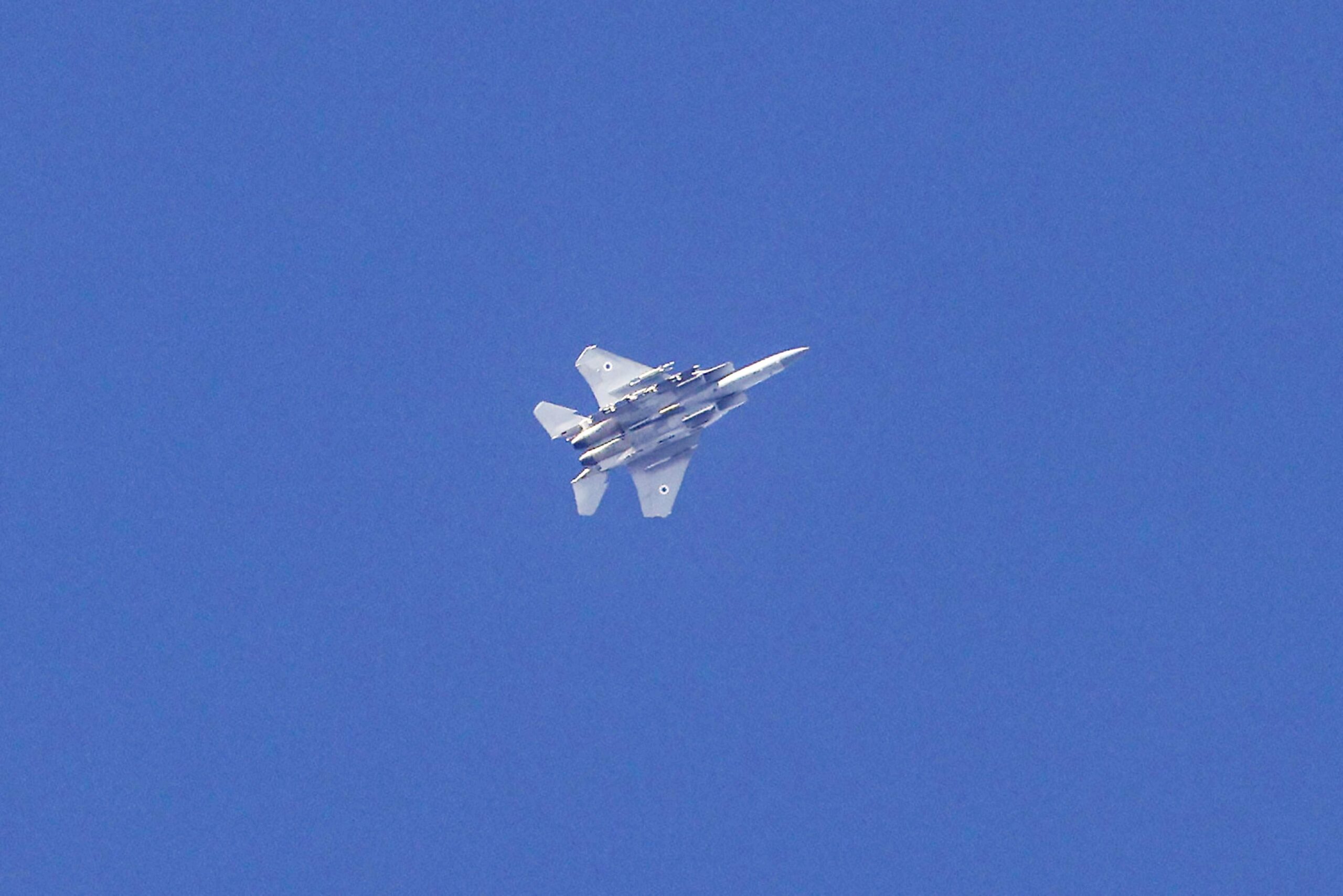
Since then, it appears that the United States has been mulling the request, an issue that has become much more complicated since Israel launched its campaign in Gaza in October.
As well as the F-15s, the United States is also considering selling Israel additional AIM-120 Advanced Medium-range Air-to-Air Missiles (AMRAAMs) and Joint Direct Attack Munition (JDAM) kits, according to a report from Politico, citing a congressional aide and another person familiar with the discussions.
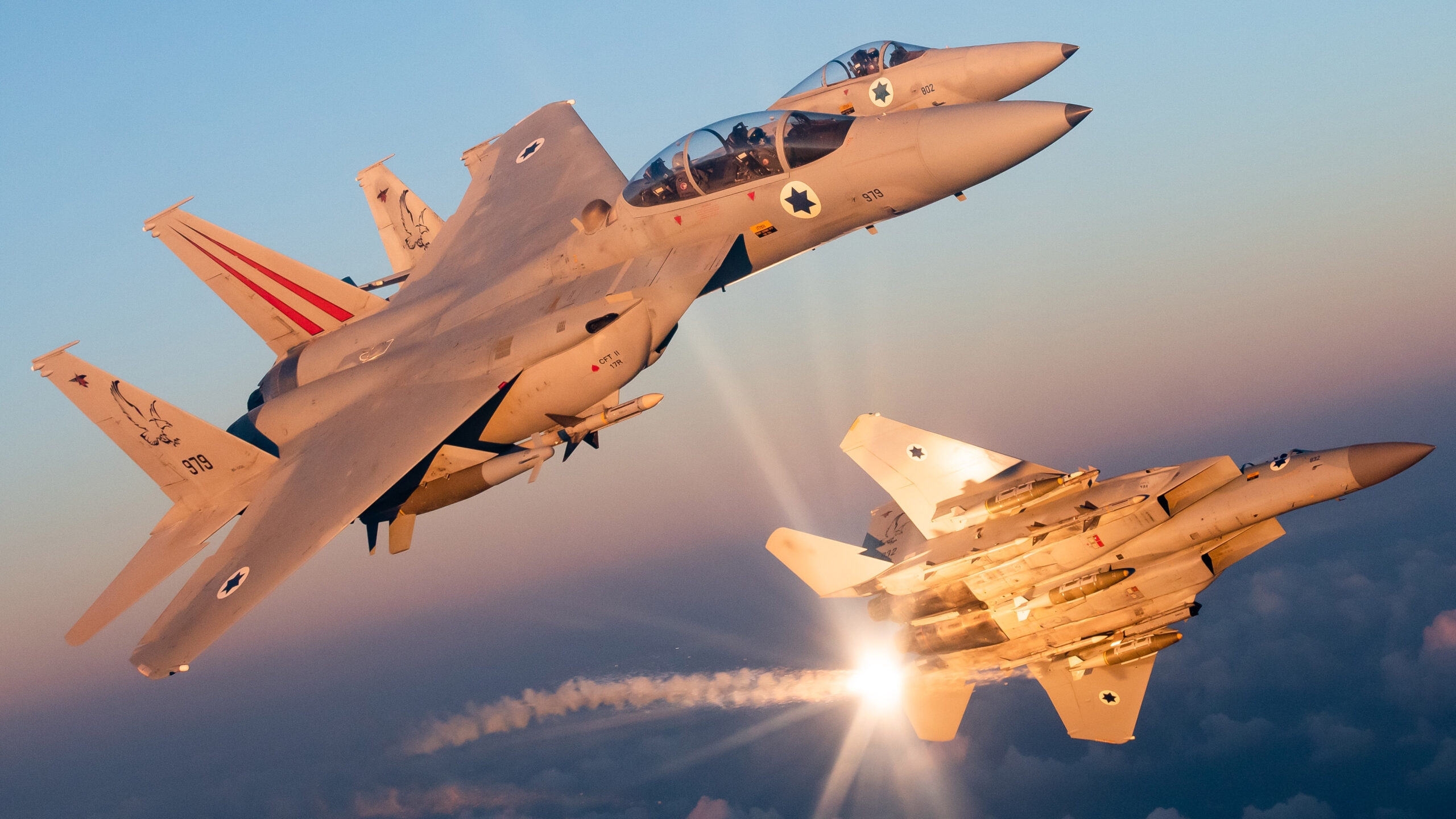
For Israel, meanwhile, it seems the lessons of the ongoing conflict have seen the urgency for new fighters increase. Above all, the threat of an increasingly assertive Iran, with its own regional ambitions, is now combining with the lower-level threats emanating from Hamas and Hezbollah, both of which also have Tehran’s backing.
The specter of a direct confrontation with Iran emerged again recently, after an Israeli airstrike on Monday destroyed the consular section of Iran’s embassy in Syria, killing a prominent Iranian Islamic Revolutionary Guard Corps officer and several other IRGC commanders.
According to one of the aforementioned unnamed sources, Israeli Minister of Defense Yoav Gallant called for the delivery of F-15s to be accelerated, when he visited Washington last week for talks with U.S. officials including National Security Advisor Jake Sullivan and Secretary of Defense Lloyd Austin.
But with the death toll in Gaza mounting and Israel increasingly under scrutiny for its heavy-handed tactics in the conflict, in particular the bombing campaign that has destroyed much of Gaza, the United States is under increasing international pressure to withhold the sale of F-15s and other heavy weaponry. There is also strong opposition to such a sale within a number of Congressional factions.

Washington has issued comments expressing its concern about a looming Israeli offensive in the city of Rafah, in the south of the Gaza Strip, where more than a million Palestinians have now taken refuge after fleeing the offensive in the north. There have been suggestions from Democrats that Biden should leverage potential arms sales as a way of dissuading Israel from launching a large-scale invasion of Rafah.
In the last 24 hours, President Biden also condemned Israel’s killing of seven humanitarian aid workers in Gaza. Biden said he was “outraged and heartbroken” after the victims, who were working for the World Central Kitchen (WCK) aid organization, were killed when their convoy was attacked from the air on Monday. As such, the optics of transferring dozens of advanced warplanes to Israel may be perceived as politically sensitive at this time.
One factor that would seem to be in favor of the F-15 deal getting signed off is the timeline involved.
Even if the deal were to be signed off fully this week, the aircraft wouldn’t start to be delivered until 2029, one official said. Another U.S. official told CNN that there are “no plans to expedite delivery of the jets to Israel.” That could buy some valuable time to make the sale more palatable to its opponents.
Israel’s enthusiasm for the F-15, in general, is abundantly clear. The aircraft has been a stalwart of the campaign in Gaza, as it has in multiple successive conflicts before this.

Despite the arrival of the F-35I Adir stealth fighter, the F-15I Ra’am — an Israel-specific derivative of the F-15E Strike Eagle — remains the Israeli Air Force’s long-range strike specialist and can carry a wide array of air-to-ground ordnance. However, only 25 aircraft were received, sufficient for just one squadron, and these assets are among the hardest worked in the Israeli inventory.
With limited numbers of the F-15I, the Israeli Air Force continues to rely on the older F-15A-to-D aircraft, collectively known as Baz, operated by two frontline squadrons. The first of these aircraft were delivered over 45 years ago, but the continued demand for F-15s of any kind has seen the survivors progressively upgraded to keep them in frontline service. To supplement the air-to-ground-optimized F-15I, the Israeli F-15A-to-D fleet has also been adapted to conduct long-range operations in addition to homeland defense, with these ‘gray Eagles’ having been recognized as capable air-to-ground platforms for decades. The U.S. has delivered additional batches of surplus F-15A/B/C/D Eagles over the years that Israel has painstakingly rebuilt and transformed into multirole fighter aircraft. You can read all about this here.
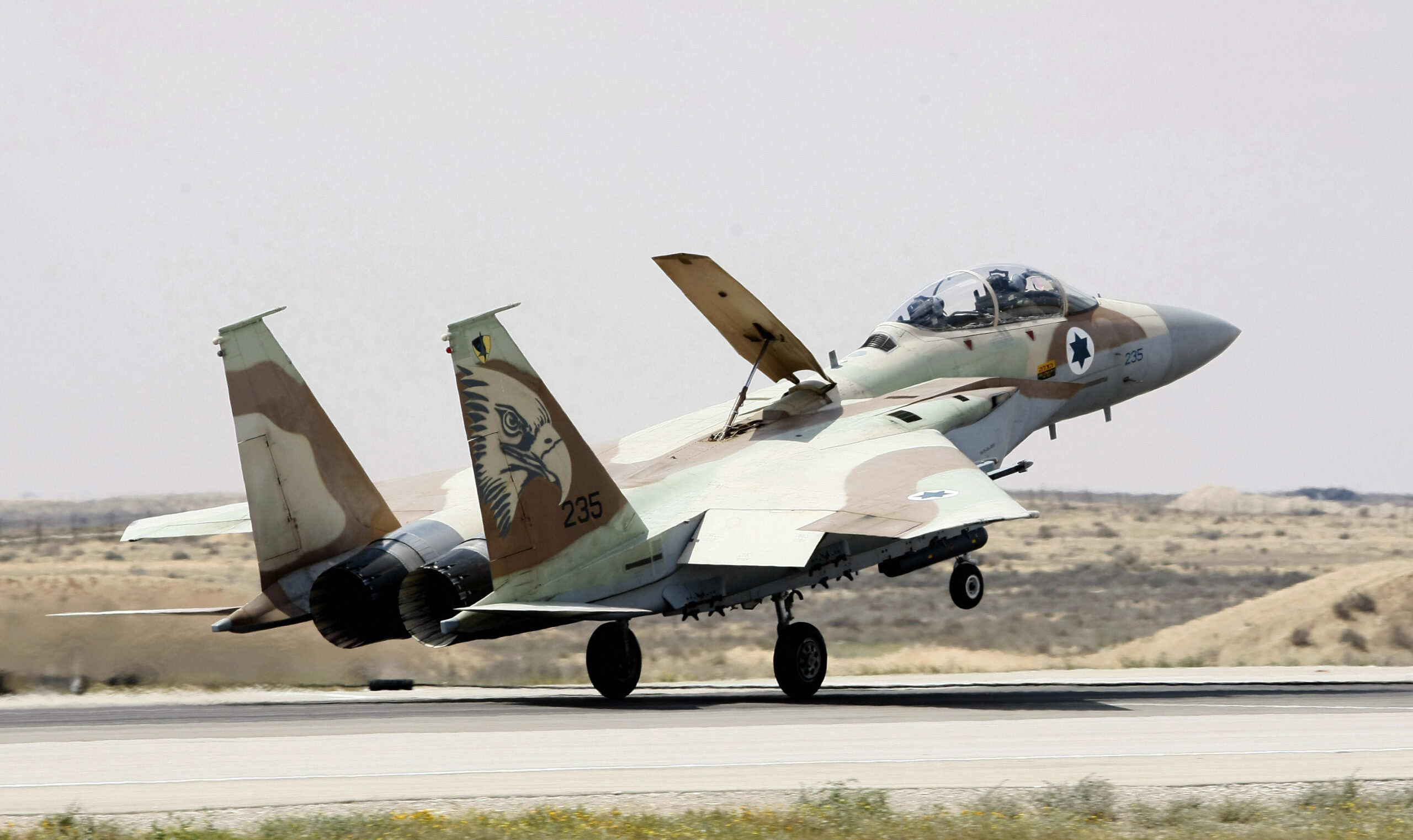
The ability of the Israeli F-15 fleet — whether Baz or Ra’am — to flex between air-to-ground missions and air superiority as the situation demands, and to conduct these missions at very long distances, aided by its conformal fuel tanks (CFTs) — makes it a uniquely valuable asset.
Interestingly, the CNN report on the topic suggests that the deal will also include a “mid-life update for Israel’s current fleet of F-15s.” While no further details are provided, this could conceivably involve bringing existing F-15I aircraft up to a standard closer to the F-15IA.
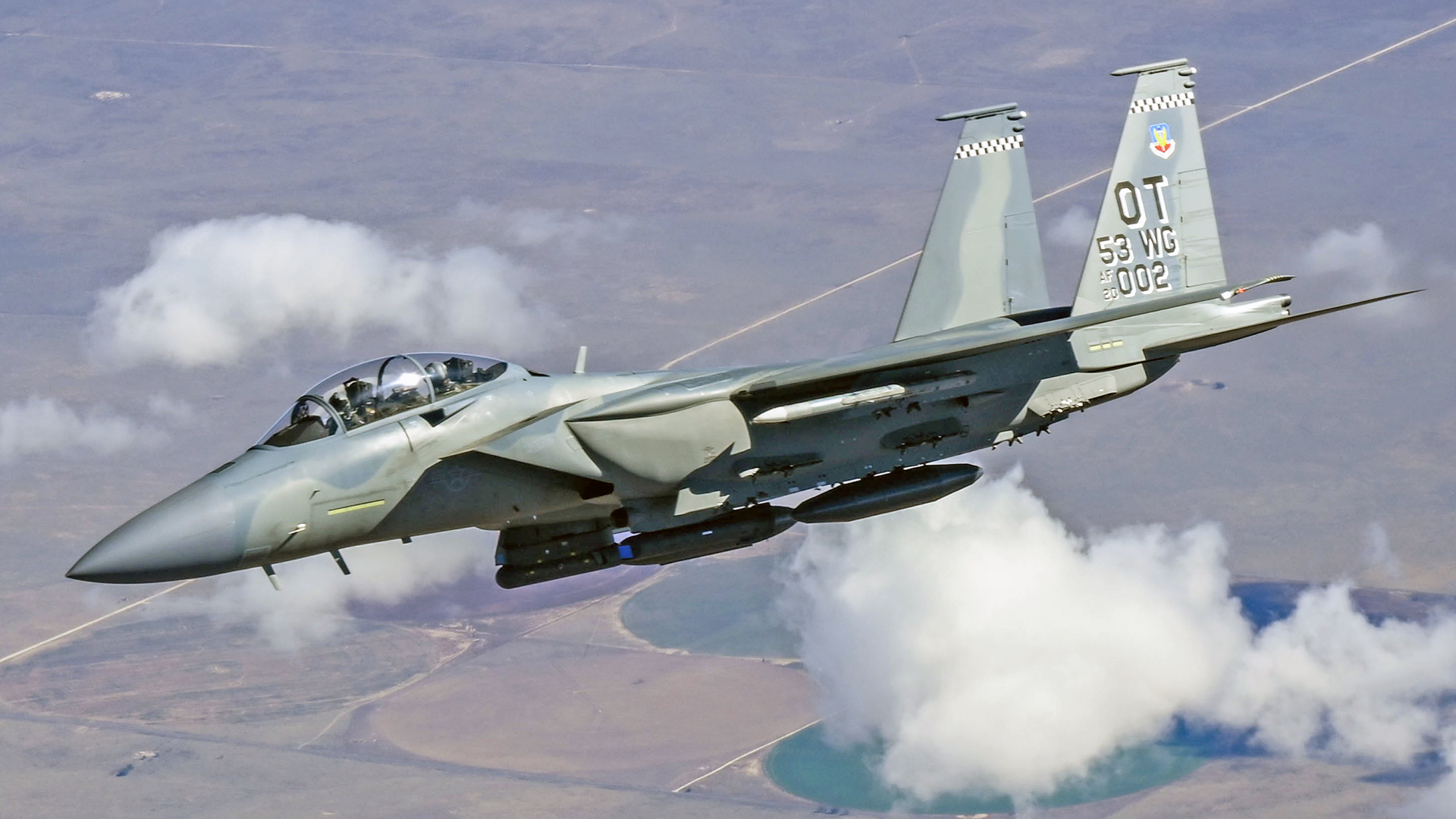
As for the F-15IA, we have little concrete as to what this will bring, but as a development of the F-15EX it will clearly leverage the advantages of the Eagle II.
Some of these could be especially applicable to Israel.
As we have discussed in the past, the F-15EX is eminently suitable to serve as an airborne controllers for future Collaborative Combat Aircraft and other drones, something that is likely to be at the forefront of Israeli thinking in the future. The new aircraft has also been repeatedly touted as a launch platform for hypersonic weapons and other large munitions, which have obvious implications for potential operations against Iran. Eagle IIs can also carry significantly more air-to-air missiles than their predecessors, with two additional wing stations added. Fly-by-wire, a new wing structure, and wide area cockpit displays are also standard. These new-build Eagles also have an airframe life of a whopping 20,000 hours (over double that of most fighters), so they could remain a backbone of the IAF for many decades to come. Finally, the F-15EX has been tailored to provide new advanced electronic warfare capabilities, something that Israel has shown it is more than capable of building upon.
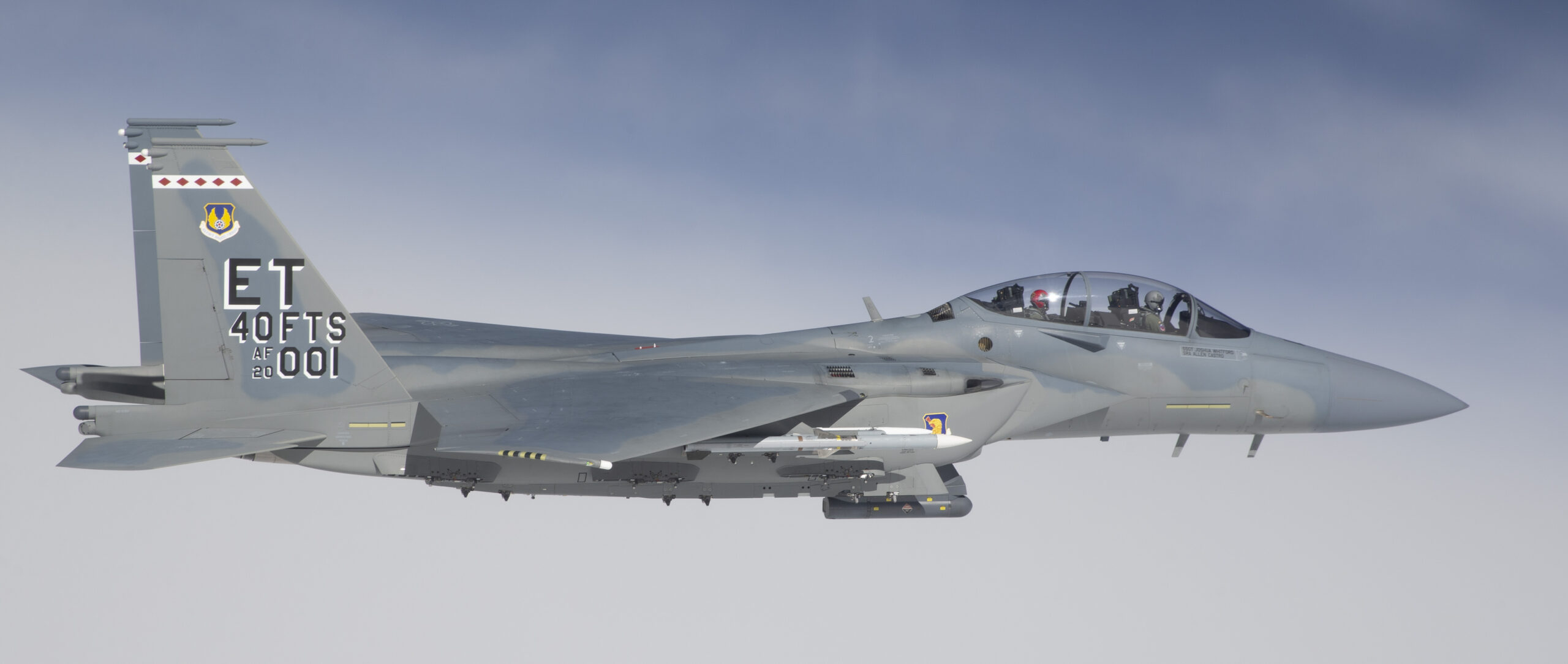
Bearing in mind the considerable Israeli input in these F-15s as regards avionics, weapons, and electronic warfare systems, it seems likely that the F-15IA, if and when it materializes, will also have a significant proportion of Israeli-made electronics and subsystems, something that is by now commonplace for Israeli programs of this kind. The two seat Eagles, both Baz and Ra’am, also carry a proprietary satellite communications system, so they can act as major data transfer nodes for larger air armadas far from home.
It’s no surprise that Israel is looking to revamp its aging F-15 fleet. The timing, however, is hardly optimal for the U.S. administration, especially in the run-up to the election. For now, any discussions about a potential Eagle sale to Israel will inevitably be seen in terms of Washington’s response to the conflict in Gaza, amid mounting international pressure to take a firmer stance on the Israeli government.
Contact the author: thomas@thewarzone.com
